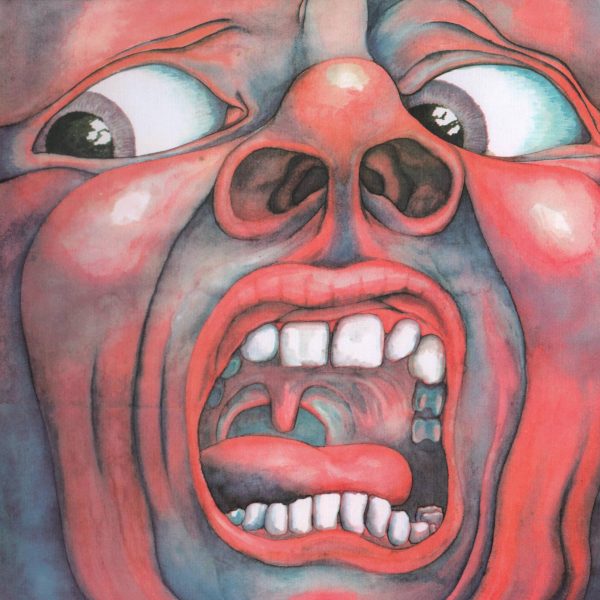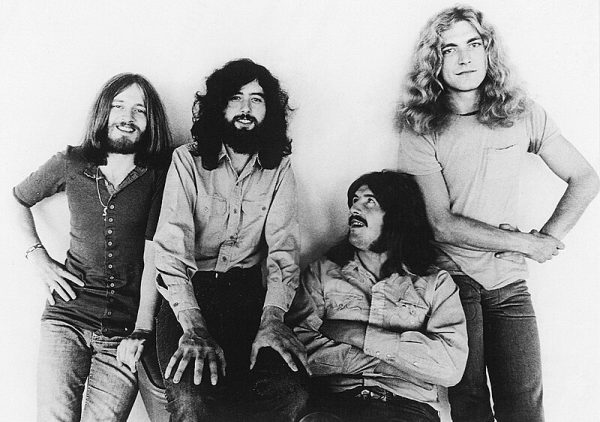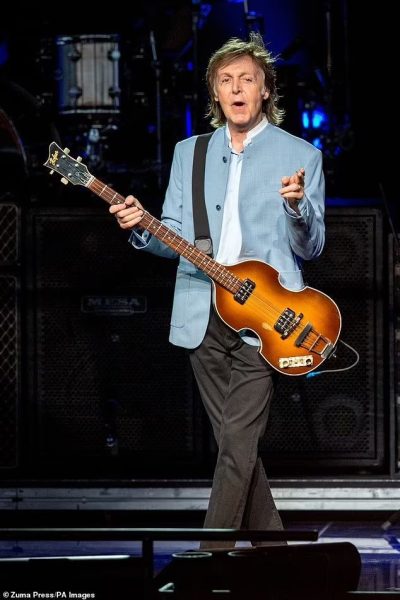Apocalypse Now Review
This is a review of the original theatrical cut with mild spoilers.
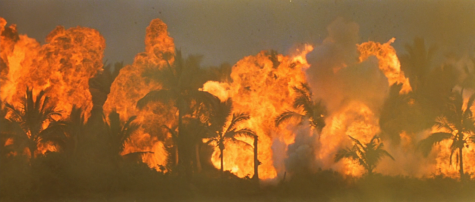
The distorted sound of helicopter blades brings us onto a view of palm trees. A helicopter flies past, trailed by yellow smoke. The opening notes of The Doors’ The End set the tone with their haunting melody. Suddenly, the trees burst into flame as Jim Morrison sings out for the first time, “This is the end.” A man’s face fades over the top of the burning forest. He is laying down, clearly thinking about this scene we’re witnessing. The helicopter blades fade in and out with the ceiling fan above him, as the distorted sound of their rotors beat and hum. It’s the Vietnam War. He’s still there, and he’s about to take us with him.
Apocalypse Now was a movie I had been wanting to watch for quite a long time. Some of my favorite films come out of this time period from the late 60s to early 80s, known as the Hollywood New Wave movement. This was when several film school students made a series of artistic films that made a whole lot of money. This includes Stanley Kubrick, Martin Scorcese, Stephen Spielberg, Brain DePalma, George Lucas, and, of course, Francis Ford Coppola. Also, I love war movies, and this was supposed to be one of the best. Also, I love the Godfather films, which Coppola co-wrote and directed. Now, after I had watched it, I realized that this film was completely different from what I expected. It was chaotic, surreal, insane, brutal yet beautiful, but it was nothing like any other war film I had ever seen. It had no answers, but that’s the genius of it; it’s not supposed to. To quote Coppola, “My film is not a movie. My film is not about Vietnam. It is Vietnam. It’s what it was really like. It was crazy…And little by little we went insane.”
The idea for Apocalypse Now began back in 1967 when John Millus had the idea of adapting the Joseph Conrad novel “Heart of Darkness” into a Vietnam war film with the help of Stephen Spielberg and George Lucas. The novel was thought to be one of those unfilmable books, having been attempted by many directors and screenwriters over the years, all of which failed. An adaptation of the novel was supposed to be Orson Welles’ first film, but he abandoned it and made Citizen Kane instead. Millus and Coppola collaborated on ten drafts of the script over the next couple of years and came to George Lucas to direct it. His vision for the film was very different, wanting to film on location in Vietnam during the war. Eventually, Lucas abandoned the project after his sci-fi western film was greenlit (a little movie called Star Wars). Coppola, riding the success of The Godfather movies, stepped in to take control. From then on, the production was chaos.
Coppola took the production to the Philippines, with the assumption that the project would star Marlon Brando, Steve McQueen, and Gene Hackman, that it would take 6 weeks to film, and that it would cost around $12 million. In the end, the film starred Marlon Brando, Martin Sheen, and Robert Duval, it took 34 weeks to film, and cost over $30 million. The documentary on the making of the film, Hearts of Darkness: A Filmmaker’s Apocalypse, goes in-depth into all the problems that plagued the film. I highly recommend it if you are interested in this movie at all. To sum it up, they paid Marlon Brando $4 million to shoot for 3 weeks without a completed script, their helicopters, which were on loan from the Philippine military, kept getting called off to fight a real war, Martin Sheen was struggling with alcoholism and suffered a near-fatal heart attack, and Coppola, after putting up his house, his cars, his Godfather profits, and $15 million of his own money, really did eventually go insane. And, after two and a half years of editing, the film opened in the US on August 15, 1979. So, what is it about?
The basic concept of the film is quite simple. At the peak of the Vietnam War, Cpt. Benjamin Willard is tasked with the mission of finding Col. Walter Kurtz, who has reportedly gone insane. Marlon Brando, who brilliantly portrays Kurtz, was famously very difficult to work with. Coppola immediately cast Brando because of their work together on The Godfather. Despite this, he initially backed out of the role, even after a $1 million advance payment. When he finally agreed to come back, he arrived overweight and unprepared. Because of his inability to memorize his lines, and because Coppola didn’t have a finished script, the first 2 weeks of his shoot were spent rewriting the script, as well as just filming hours and hours of improvised scenes. I should actually mention here that all the actors in this film do an amazing job, while all overcoming challenges. Martin Sheen, Denis Hopper, and Sam Bottoms were all suffering from substance abuse, and they all were incredible. My favorite performance from Robert Duval, who plays Kilgore, a seemingly invincible general who sees the war as a brutal game. Brando gets a lot of credit for his role (and rightly so), but many of the other actors also had some of the best performances of their career.
Anyways, back to the plot. Willard is ferried up the river by a team of soldiers on a patrol boat into Cambodia, where Kurtz is rumored to be hiding. Beyond that basic through-line, the story is told in different stages, with challenges and obstacles that our soldiers must overcome to continue. Each one of these challenges shows us a glimpse into the experience of soldiers in the Vietnam war. First, there is the aforementioned deranged Lieutenant Colonel Kilgore, who, while blasting Wagner’s “Ride of the Valkyries,” launches a helicopter attack on a village just because the waves there are better for surfing. The Ride of the Valkyries sequence, as it is now known, is absolutely brilliant, with stunning practical effects that show off the scale and intensity of the scene. It is terrifyingly awe-inspiring, and an incredible feat of filmmaking. In my book, it’s up there with D-Day from Saving Private Ryan and Helm’s Deep from The Lord of the Rings: The Two Towers as one of the greatest battle scenes in movie history.
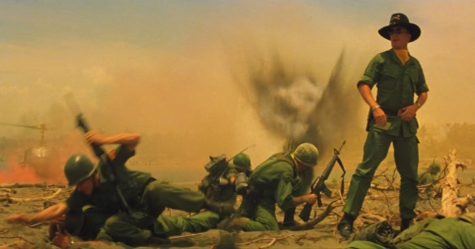 Next, three Playboy girls are flown in and evacuated partway through their show after the soldiers storm the stage. Afterward, there is the US Army outpost at Do Lung Bridge, where soldiers, leaderless and motiveless, are blindly shooting into the jungle while under siege from Viet Cong soldiers. The soldiers on the boat bond and fight, and make several bad decisions (under the influence of drugs and otherwise) that cause the deaths of innocents, as well as some of their own.
Next, three Playboy girls are flown in and evacuated partway through their show after the soldiers storm the stage. Afterward, there is the US Army outpost at Do Lung Bridge, where soldiers, leaderless and motiveless, are blindly shooting into the jungle while under siege from Viet Cong soldiers. The soldiers on the boat bond and fight, and make several bad decisions (under the influence of drugs and otherwise) that cause the deaths of innocents, as well as some of their own.
When we finally reach Kurtz, we discover he is a dying man, driven insane by the war. He, according to Coppola, embodies the evil of the war, and something close to pure evil itself. To show this, he is shot mostly in darkness, but when we do see him, it feels like he is invading our soul. Brando plays him as this larger-than-life god of restrained malice. His face fills up the screen, his eyes stare unfocused and unblinking directly at the audience. It is scary, it is moving, it is brilliant. Despite Kurtz finally being introduced, it is around this point that many believe the movie drops off in quality significantly. We move away from the stories of soldiers in war, and into a story of a man captured by a native tribe under the leadership of a madman. While I agree the pace slows down quite a bit, I would argue that these last 20 minutes tie up the story in a thematic, rather than in a literal way.
 That may not make sense, so let me give another example: 2001: A Space Odyssey. I think that this is the closest film to 2001 I have ever seen. 2001 is the king of all non-literal stories. It utilizes crazy yet beautiful music, sounds, and visuals to tell a small story on a large scale that symbolizes a much, much larger story with an ambiguous but somehow massive meaning. Apocalypse Now does that beautifully. The small story of a man on a boat with a mission on the large scale of the Vietnam War symbolizes the massive story of every American in that war. Willard is the man thrust into the war, Kilgore is the man absorbed by the war who has fallen in love with its brutality and the idea of his own invincibility, and Kurtz is the man who has achieved nirvana by embracing the pure evil of the war. So, when we hear Kurtz utter his dying words of, “The horror, the horror,” we are witnessing the last soldier who was absorbed by the horrors of Vietnam, the last soldier who was made truly evil by the war, realize himself in his dying moments. It is the death of the last soldier whose fear of the war made him love it.
That may not make sense, so let me give another example: 2001: A Space Odyssey. I think that this is the closest film to 2001 I have ever seen. 2001 is the king of all non-literal stories. It utilizes crazy yet beautiful music, sounds, and visuals to tell a small story on a large scale that symbolizes a much, much larger story with an ambiguous but somehow massive meaning. Apocalypse Now does that beautifully. The small story of a man on a boat with a mission on the large scale of the Vietnam War symbolizes the massive story of every American in that war. Willard is the man thrust into the war, Kilgore is the man absorbed by the war who has fallen in love with its brutality and the idea of his own invincibility, and Kurtz is the man who has achieved nirvana by embracing the pure evil of the war. So, when we hear Kurtz utter his dying words of, “The horror, the horror,” we are witnessing the last soldier who was absorbed by the horrors of Vietnam, the last soldier who was made truly evil by the war, realize himself in his dying moments. It is the death of the last soldier whose fear of the war made him love it.
If you were disappointed by this movie, it’s probably because you were expecting a flashy, traditional war movie akin to Saving Private Ryan and Dunkirk. While those films are amazing, they attempt to show the audience literally what happened and communicate to us the soldier’s experience that way. Apocalypse Now is not a traditional war movie. It shows us not always what the soldiers would’ve seen and heard, but more so what they would’ve felt about what they saw or heard. The film is narrated to us by Willard after the war is over, implying that the story we are being shown is not literally what happened, but rather Willard’s memory of what happened. The result is chaos, a series of chapters ever-increasing in insanity, absurdity, and surrealism.
One of my favorite books is a semi-fictional memoir by Tim O’Brien about his time in the Vietnam War called “The Things They Carried.” Around the middle of the book, after O’Brien has told us several harrowing and visceral stories of the war, he reveals to us that war stories aren’t always “true.” Here’s the full quote: “In any war story, but especially a true one, it’s difficult to separate what happened from what seemed to happen. What seems to happen becomes its own happening and has to be told that way. The angles of vision are skewed…The pictures get jumbled; you tend to miss a lot. And then afterward, when you go to tell about it, there is always that surreal seemingness, which makes the story seem untrue, but which in fact represents the hard and exact truth as it seemed.” If there ever was a word to describe Apocalypse Now, it would be surreal. The constant colored smoke that blurs the audience’s view, the chaotic plot lines, and the ambiguous, brutal ending seem to show that this film is not entirely sane. The film was never meant to be a true story, but it was always meant to be a true war story. It is a misremembered fever dream of one man’s surreal experience in Vietnam and his confrontations with the characters in the Vietnam War story.

Like Coppola says, this movie isn’t about Vietnam. It is Vietnam. The film crew went into a foreign country already at war, they didn’t have a plan for the ending, they had way too much money, and they went insane. Because the people making the movie experienced something so similar to the war, they were able to capture what I and many others believe to be one of the best war films ever made. For its surreal representation of a soldier’s experience in war, the outstanding practical and visual effects, incredibly moving acting performances, and brilliant directing, I consider this film to be a masterpiece, and one of the greatest films ever made.




